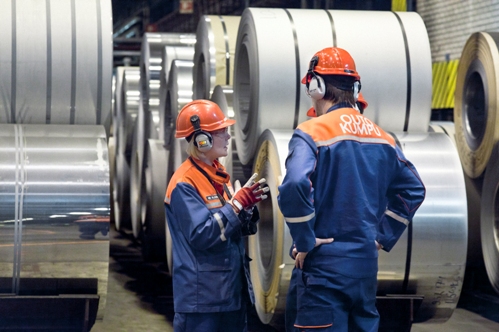http://www.timeslive.co.za/ [South Africa]
Community members in several villages accuse Canadian mining group Ivanhoe Mines of attempting to shove them aside to make way for its Platreef mine.
Ivanplats, an Ivanhoe subsidiary, is prospecting around the villages of Kgobudi, Magongoa, Mzombana and Tshamahansi, where it has discovered a massive reef with inclusions of platinum, palladium, gold, rhodium, nickel and copper.
The company, which plans to establish a highly mechanised underground mine, has applied for a mining licence. The mine is the second that mining companies intend to open to exploit the 30km-long reef. The first is Anglo Platinum’s Mogalakwena.
But the community is angry. “They will fight,” said Sylvester Masenya, a Mzombana resident. “They are angry but they can’t do anything.” Eliphas Molwatsi, chairman of the Mokopane Interested and Affected Community organisation, claimed community members had been assaulted, bribed and intimidated into signing documents stating that they agreed to the establishment of the mine.























